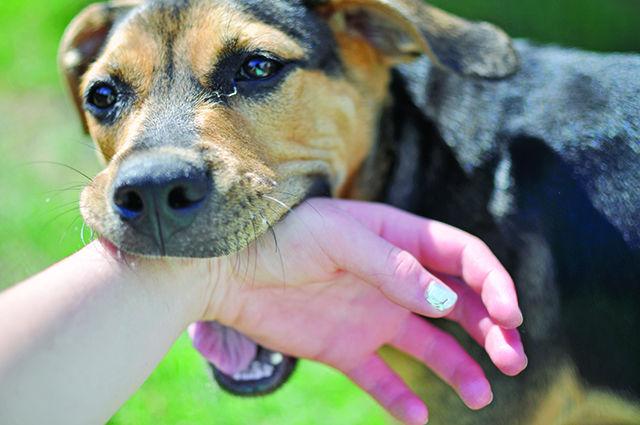There should be no rash decision-making when considering the relationship between animals and Ebola, according to Dr. Peter Cowen, associate professor of epidemiology and public health in the College of Veterinary Medicine at NC State.
A nurse’s aide in Spain contracted Ebola and her dog was put down as a precautionary measure, even though it was unclear if the dog had contracted the disease.
There was a missed opportunity to study the dog and learn a lot about the disease, Cowen said.
“From what I can see from the outside—and all I saw was what was in the media—it seemed to me that there was a rush to judgment,” Cowen said. “There was an undervaluing of the ability to quarantine that dog and study it to see if the nurse could even transmit it to that particular dog.”
The transmission of disease between humans and animals can play a vital role in disease outbreaks, according to Cowen.
“A good number of Ebola outbreaks start when a human being comes in contact with an infected chimpanzee, gorilla, or some kind of rainforest animal that can, in fact, get Ebola,” Cowen said.
Disease outbreaks have to start somewhere, and wildlife is thought to be the source for human infection. Many diseases start in the animal population and “cross-over” or “spill-over” into the human population, Cowen said.
“Out of all these new diseases that are occurring, and we are having more new diseases, ¾ of them actually have started in animals and spilled into humans,” Cowen said.
Cowen emphasized the importance of the One Health approach to studying disease.
“One Health is when we really don’t make hard and fast distinctions between what animals are involved,” Cowen said. “We actually study them all and try to understand the disease dynamics and the transmission dynamics in all the animals that are involved or could potentially be involved.”
The One Health approach also involves ecosystems and the things people, animals and the environment do that cause or exacerbate the spread of disease, according to Cowen.
The College of Veterinary Medicine places emphasis on the One Health approach, and many students and professionals in the college have a great interest in zoonotic diseases, or diseases that can be shared between animals and humans, Cowen said.
“We’ve done some work in wildlife, but not a lot,” Cowen said. “We’ve done no work in dogs; we’ve done no work in villages in Africa where you have sheep and goats that are always around and probably exposed [to Ebola]. We have no idea in those species.”
The Ebola virus is having its biggest impact in West Africa, and the best way to prevent an Ebola outbreak in the United States would be to address the problem in West Africa, Cowen said.
“The risk of being exposed [to Ebola] at NC State, in Raleigh, or anywhere in the U.S. is extremely low unless a person has direct contact with the body fluids of a person who is sick with Ebola,” according to “Ebola Communication FAQ” published by NC State Student Health Services.
It’s important to emphasize that this will not be the last infectious disease challenge that we face, according to Cowen.
“It’s one of those things we need to look at in sort of all segments of the animal world, food animals, wildlife, companion animals, because otherwise we only get part of the picture,” Cowen said. “If you’re fighting a really significant challenge, like Ebola, why wouldn’t you want to understand at least the scope and magnitude of the challenge?”








